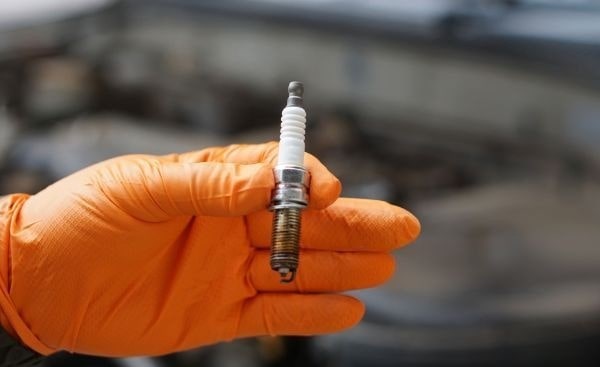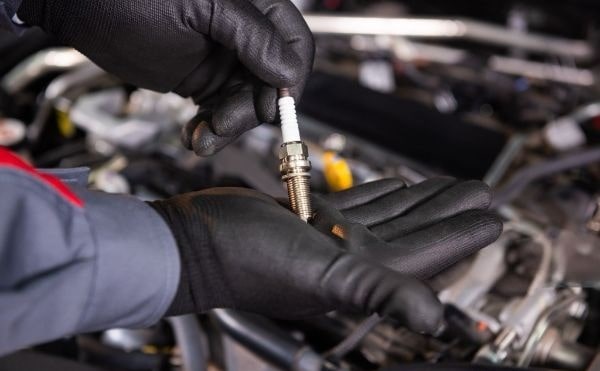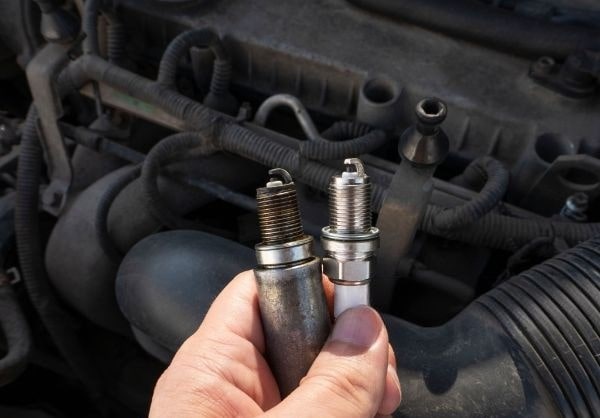Meta Description:
Learn everything about spark plugs - from how they work to maintenance best practices. Discover premium replacements at SparesFlex for optimal engine performance.
Table of Contents
1. The Critical Role of Spark Plugs
Spark plugs serve as the ignition source in gasoline engines, converting electrical energy into the spark that ignites the air-fuel mixture. Their performance directly impacts:
-
Combustion efficiency (affects fuel economy by up to 30%)
-
Engine smoothness (prevents misfires and vibration)
-
Emissions control (proper ignition reduces harmful exhaust)
Modern engines demand precision timing - spark must occur within 2 milliseconds of the optimal moment during compression stroke.

2. Spark Plug Construction and Operation
Alt text: "Detailed anatomy of spark plugs showing center electrode and ground strap"
Key Components:
-
Center Electrode: Conducts high-voltage current (typically copper core with nickel alloy coating)
-
Ground Electrode: Creates spark gap (0.028-0.060 inches in most applications)
-
Insulator: High-alumina ceramic prevents electrical leakage
-
Metal Shell: Hexagonal base for installation/removal
Operation Principle:
When 20,000-40,000 volts from the ignition coil reach the plug, electricity jumps the gap, creating a 4,500°F spark that ignites the compressed mixture.
3. Detailed Types Comparison
H3: Standard Copper Plugs
-
Materials: Copper core with nickel alloy electrodes
-
Best For: Classic cars, older engines
-
Advantage: Excellent conductivity for high-energy ignition systems
-
Disadvantage: Fast wear (replace every 30,000 miles)
H3: Platinum Plugs
-
Materials: Platinum disc welded to center electrode
-
Best For: Modern fuel-injected engines
-
Advantage: 50% longer life than copper
-
Disadvantage: Higher cost
Technical Comparison Table:
| Feature | Copper | Platinum | Iridium |
|---|---|---|---|
| Electrode Wear | 0.001"/10k mi | 0.0005"/10k mi | 0.0002"/10k mi |
| Voltage Required | Higher | Moderate | Lowest |
| Typical Lifespan | 30k mi | 60k mi | 100k+ mi |

5. Technical Selection Guide
Choosing correct spark plugs requires matching several specifications:
Heat Range:
-
Hot plugs (dissipate heat slowly) for stop-and-go driving
-
Cold plugs (dissipate heat quickly) for high-performance engines
Thread Size and Reach:
-
Metric (14mm) vs. Imperial (18mm) thread patterns
-
Proper reach prevents piston contact or poor combustion
Resistor Type:
-
Required for modern computer-controlled engines
-
Suppresses radio frequency interference
Reference: SAE J548 Spark Plug Standards
9. Where to Buy Quality Spark Plugs
For guaranteed-compatibility replacements:
-
SparesFlex Premium Spark Plugs -spec and performance options
-
NGK Technical Resources - Application guides
-
Denso Parts Catalog - Cross-reference tools


